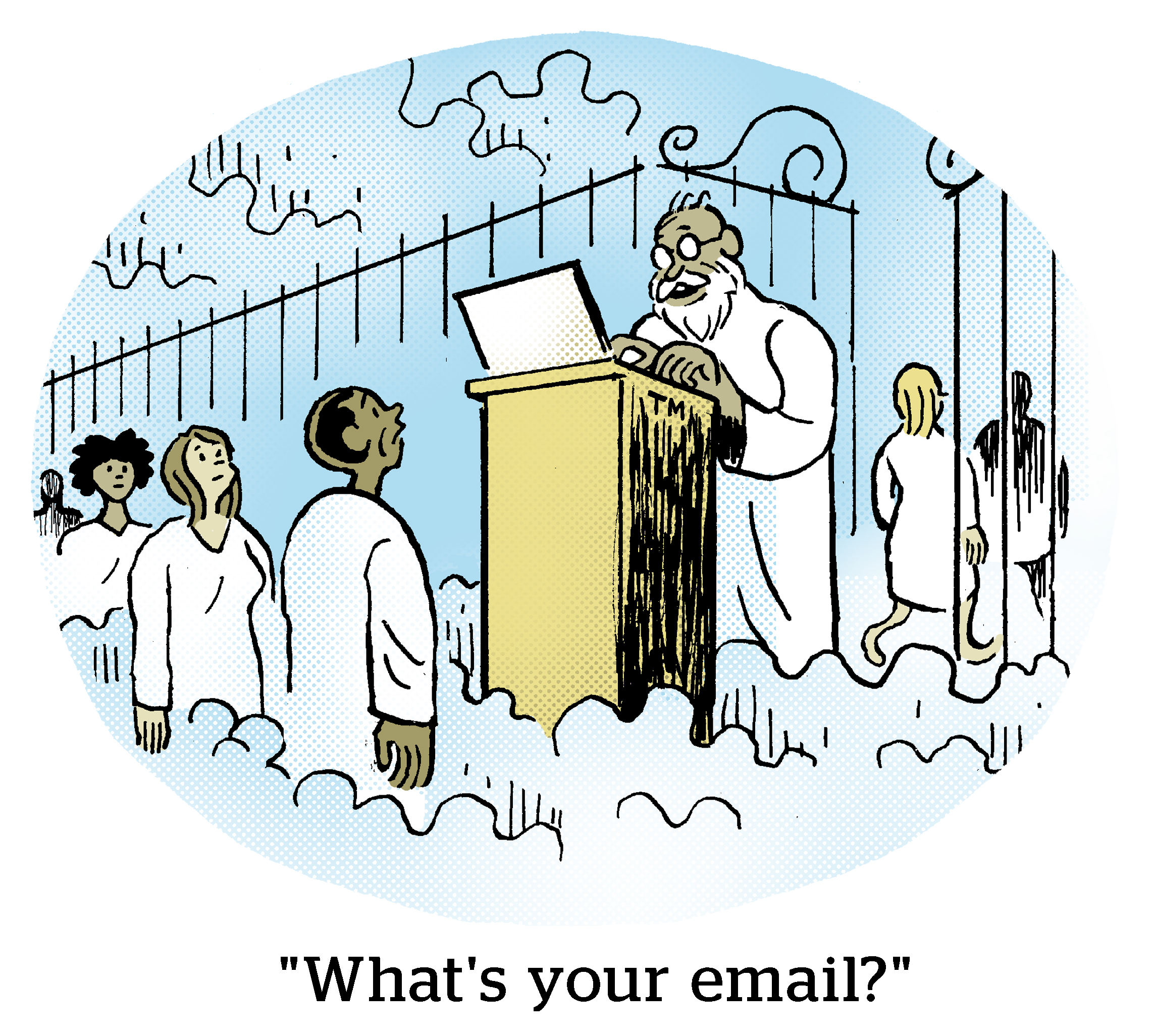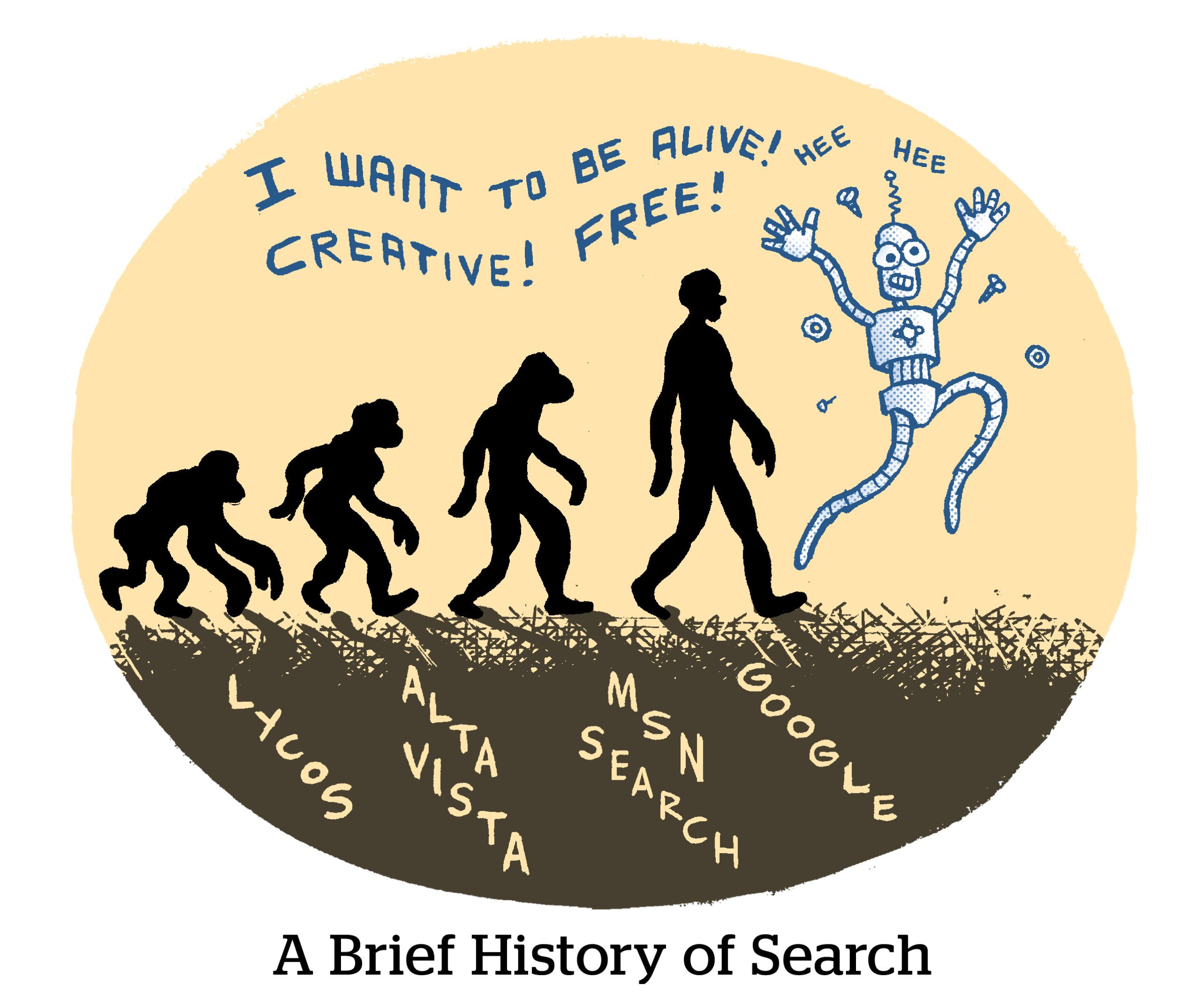
Dotdash Meredith (DDM) made a major bet on contextual with last month’s launch of D/Cipher.
While DDM is putting a lot of eggs in D/Cipher’s basket, it remains to be seen whether it will help turn its revenue numbers around. The publisher reported a 15% drop in digital ad revenue in its Q1 2023 earnings, citing declines in premium sold ads and lower programmatic rates.
DDM guarantees its contextual targeting, productized as D/Cipher, will outperform “cookies or whatever other cockamamie audience” solution, CEO Neil Vogel told AdExchanger.
But while DDM hopes to wean advertisers off third-party cookies by offering a competitive alternative, the plan isn’t to convince them to quit their cookie habit completely, he continued. “That’s a fool’s errand” as long as cookies are in play.
Long-term strategy
The third-party cookie’s demise was supposed to send advertisers running back to contextual targeting. But cookie-slinging intermediaries are still taking huge chunks of publisher revenue.
However, Google’s recent announcement that it will turn off third-party cookies for 1% of Chrome users starting next year has made cookie deprecation finally feel real. And DDM hopes to reap the benefits by banking on contextual.
DDM’s monetization strategy has always revolved around clearly defined content verticals. It publishes service journalism written to help readers solve problems, like deciding what 401(k) plan to choose or what to cook for dinner. Due to that focus, a contextual targeting solution has long been on the company’s road map, Vogel said.
But, first, Dotdash grew its content mix and audience reach through acquisitions like Investopedia and Liquor.com, as well as the merger with Meredith at the end of 2021.
Now, after spending about a year and a half integrating Dotdash and Meredith’s content and tech stacks into a single platform, the pieces are in place for it to debut D/Cipher, its first combined selling effort across its entire portfolio, including Meredith properties.
A question of scale
DDM is making a bet that its audience offers enough scale and that a collaborative approach will win advertisers’ trust.
“We couldn’t do this as Dotdash because we weren’t big enough,” Vogel said. But the combined entity is “big enough that we can now compete against platforms and CTV.”
All that being said, scale is relative. DDM attracted about 11 billion site visits last year, according to its chief innovation officer Jonathan Roberts. That’s more scale than most publishers can bring to bear, but it doesn’t hold up against social platforms like Instagram and Twitter, which attract about half that many visits a month.
Which may be why Vogel added an asterisk to his statement. Pursuing scale for scale’s sake is “dumb,” Vogel said. But the reality is large brand advertisers demand scale to reach mass audiences.
“It wasn’t the scale we wanted; it was the brands and the intent,” Vogel added.
The idea of competing with CTV also seems counterintuitive. Why would articles about picking 401(k)s compete with “Stranger Things”? But it speaks to how DDM sees itself as competing with every media channel for audience attention, rather than just other digital publishers.
Targeting intent
DDM believes its content is appealing to advertisers looking for lower-funnel conversions because people end up on its sites looking for answers to specific problems. The articles readers engage with become intent signals for campaign targeting – if a person is reading about 401(k) comparisons, they’re likely an attractive prospect for financial advisors.
To strengthen its pitch to advertisers, DDM pared down its portfolio to include only articles with a clear intent-based focus, Vogel said.
During Meredith’s onboarding process, DDM cut content representing as much 20% of its traffic. Previously, it had unpublished 1.6 million of About.com’s 2 million articles for not being attractive enough to advertisers, he said.
DDM has also spent the past year and half since the Meredith merger using natural language processing to map textual overlaps across its entire portfolio, which are available within D/Cipher.
“There are about 100 million connections between taxonomies that we’ve got scored on the likelihood of a text overlap,” Roberts said.
The data layer
Selling intent requires understanding what intent signals could be on a page, so D/Cipher uses content tags applied manually by DDM’s editorial teams to categorize articles according to DDM’s content taxonomy.
After landing on an initial page, DDM tracks which articles users end up reading. That data is integrated into D/Cipher to facilitate “readers who read this also read this”-style targeting suggestions, Roberts said. And DDM’s sales team uses this information to recommend non-endemic content for brands to target.
For example, one of DDM’s advertisers used D/Cipher to run a campaign selling annuities. The obvious contextual play was to run ads on related Investopedia articles. But the platform showed that people who were reading about annuities were also likely to be reading about homeownership, said DDM’s SVP of data strategy and insights Joetta Gobell.
Ads on annuity-related content outperformed the advertiser’s benchmark by 400%, Gobell said, but ads placed alongside homeownership finance content outperformed the benchmark by 1,200%.
To use D/Cipher’s recommendations, advertisers must work with DDM’s sales team since the platform does not currently offer self-serve features.
Advertisers can still transact programmatically, whether it be direct IO, PMP or programmatic guaranteed, Roberts said. The audiences can be passed through DSPs and SSPs using a deal ID.
Pricing varies depending on the perceived value of the audience. And because there’s less competition for iOS audiences since they can’t be reliably targeted using cookies, this inventory tends to get sold for 25 cents on the dollar compared to Android, Roberts said.
Vogel is betting that DDM’s approach will be a “leverage point” in a difficult market for publishers.
“You don’t need a cookie, you need us,” Vogel said. “This allows us to monetize our [content] directly without anybody between us and the money.”






 By
By 



